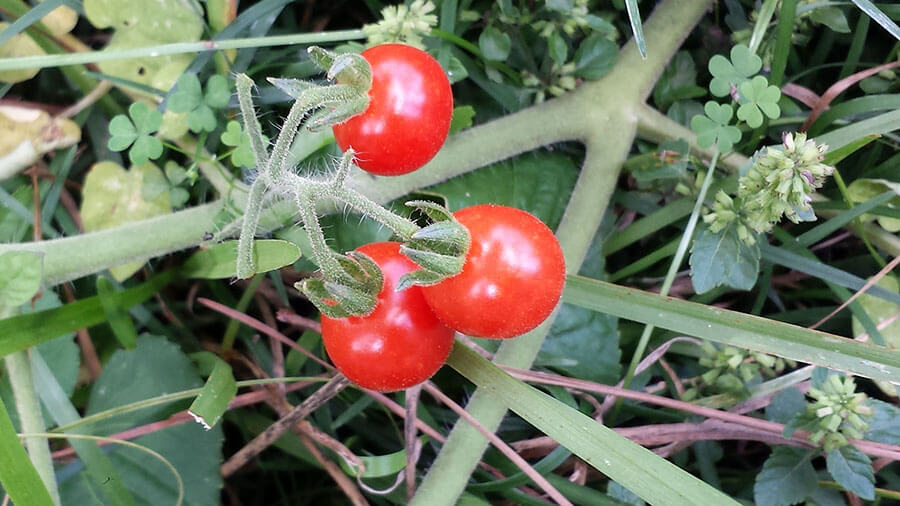Going into this, I explained to my son that we had several challenges and unknowns and that the goal for the first year might be merely to raise enough seed for next year, preferably enough seed that we could sow it in a thick tangle with enough left over in case a late freeze killed the first round of seedlings.
We did much better than that, at least for most things.
We had a gallon of tiny tomatoes about every 2 to 3 days and a good supply of peppers too, more than we could eat and dehydrate easily.
We managed to get about two quarts of black beans for seeds, and the Chinese brown cotton made enough for seeds too.
On the other hand, the rabbits killed the squash plants by chewing the bases of the plants, and so we only got a few scalloped squash and zucchini.
The corn was a complete loss in spite of growing very well. The squirrels ate it all.
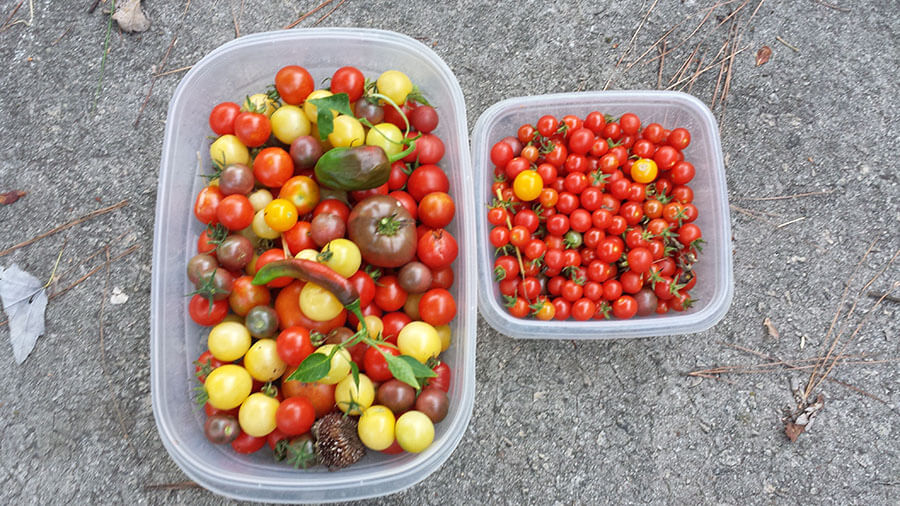
Tomatoes and Peppers
We chose heirloom tomatoes for taste and biodiversity and disease resistance.
Metro Atlanta gets a lot of rain in the summertime due to the urban-heat-island effect, which can produce daily afternoon thunderstorms even when the surrounding countryside is in drought. The constant afternoon rains create ideal conditions for the “leaf-curl” fungus that kills tomato plants, and many gardeners report losing all their plants in spite of applying fungicide.
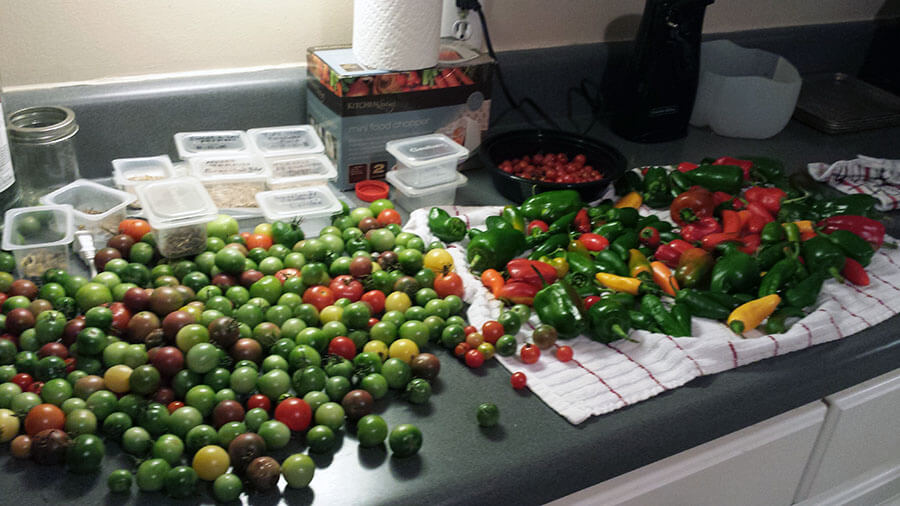
We had between 50 and 75 plants and didn’t lose a single plant. Perhaps the fungus wasn’t present in the garden, and that accounts for our success, but I’m hoping it was because our heirloom plants are more resistant.
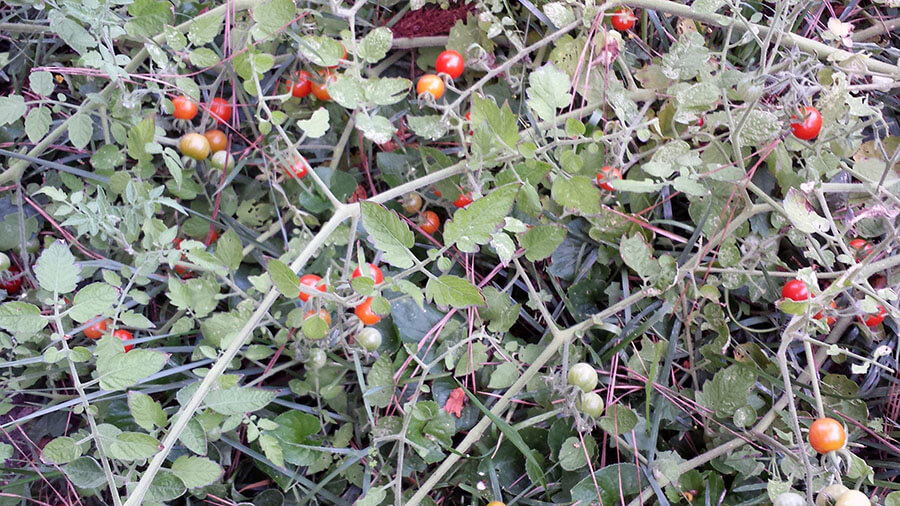
From what I’ve seen over the years, it would be impossible to have that many plants and not be exposed to the fungus. Time will tell.
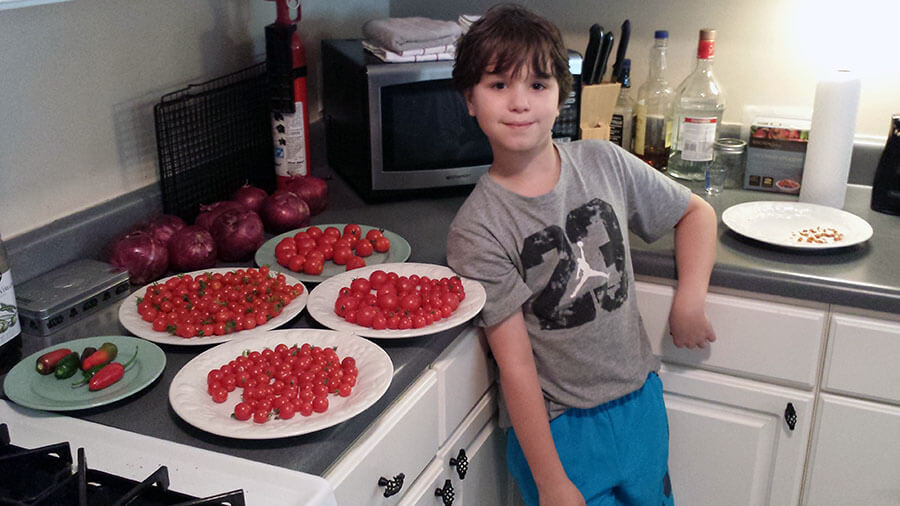
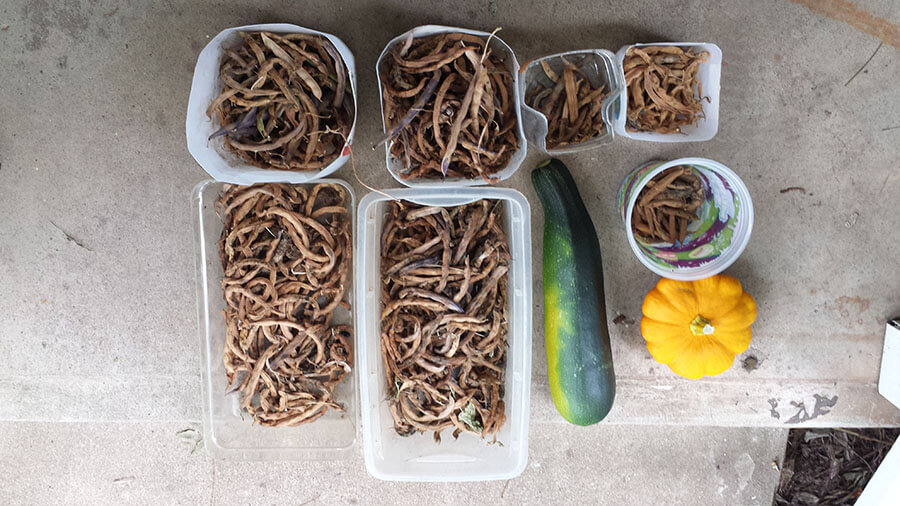
Squash and Beans
The rabbits that came into the garden at night chewed on the bases of the squash plants as if they were deliberately trying to kill the plant because they didn’t seem to chew on them anywhere else. I know that our ancestors planted squash with beans and corn because the irritating spines of the squash plant discouraged deer from grazing in the garden and helped protect the other plants.
The Trail of Tears beans did very well, and we got a couple of quarts of seeds for next year.
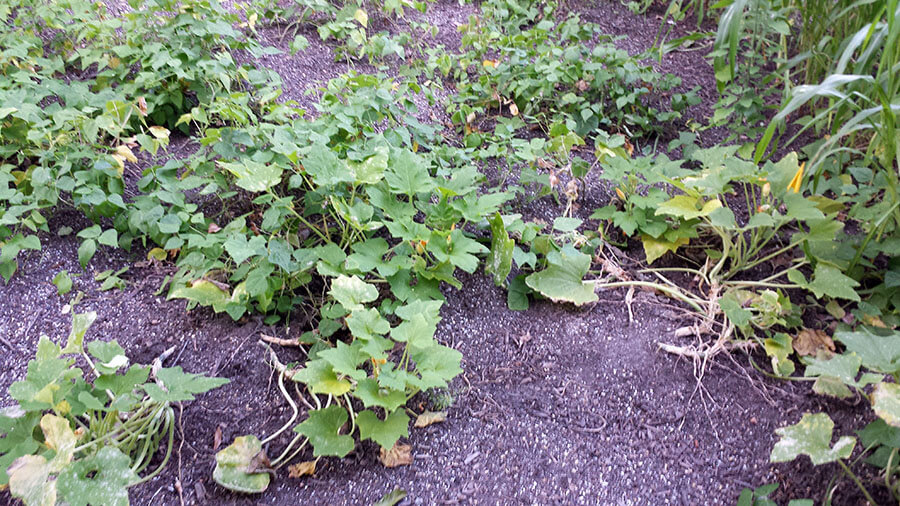
Squirrels Love Corn
All the different varieties of Native-American corn that we planted grew very well in spite of the partial shade in the afternoon and the interference of tree roots from the large maple. At first. Then the squirrels discovered that they didn’t have to wait for the ears to begin to grow before digging in.
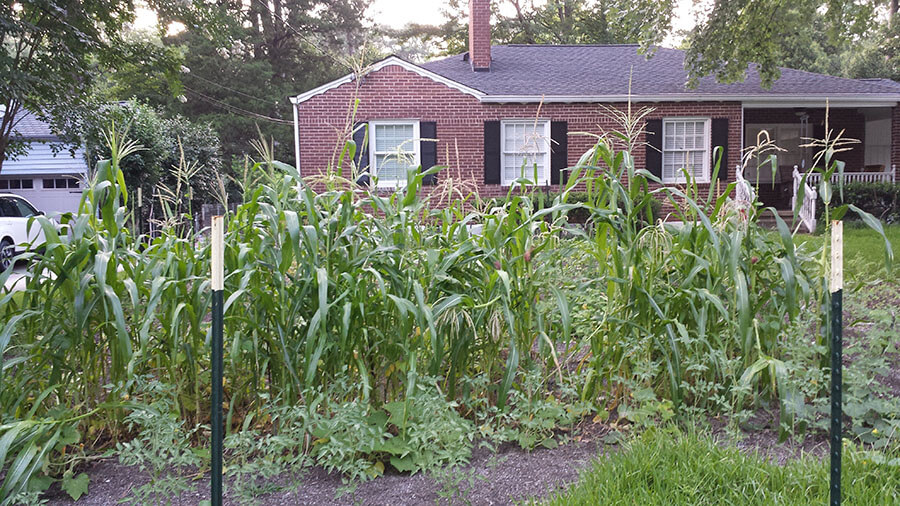
The squirrels ate the immature ears and broke the stalks down fairly quickly.
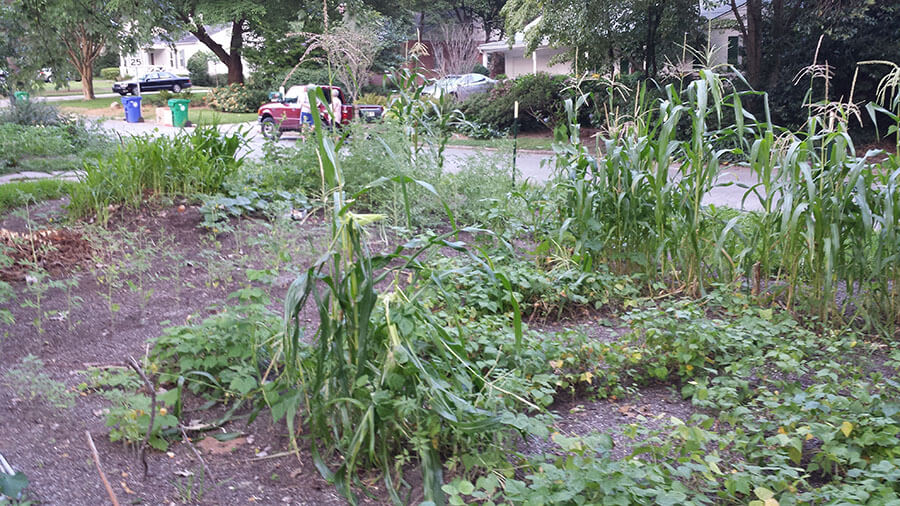
We will have to forego corn in the garden next year and plan to grow it once we get the kudzu and brush cleared at the warehouse.
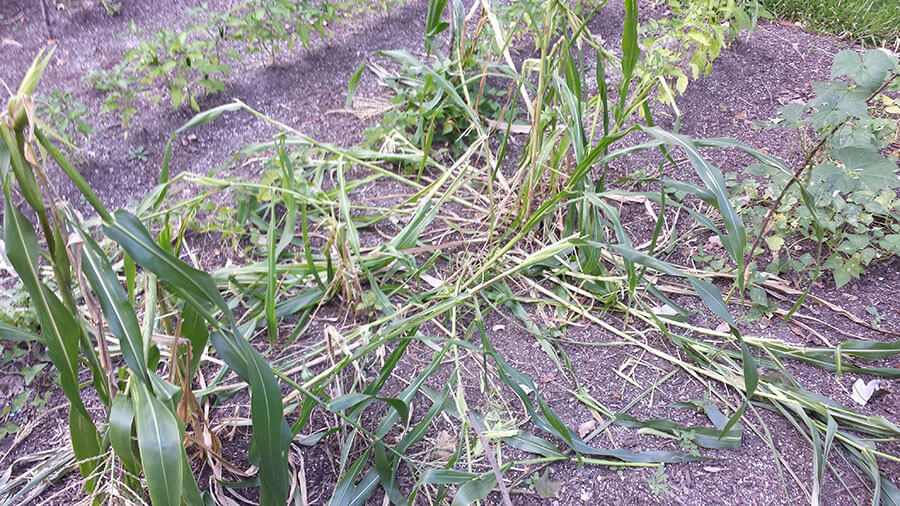
I explained to my son that squirrels taste best with biscuits and gravy.
